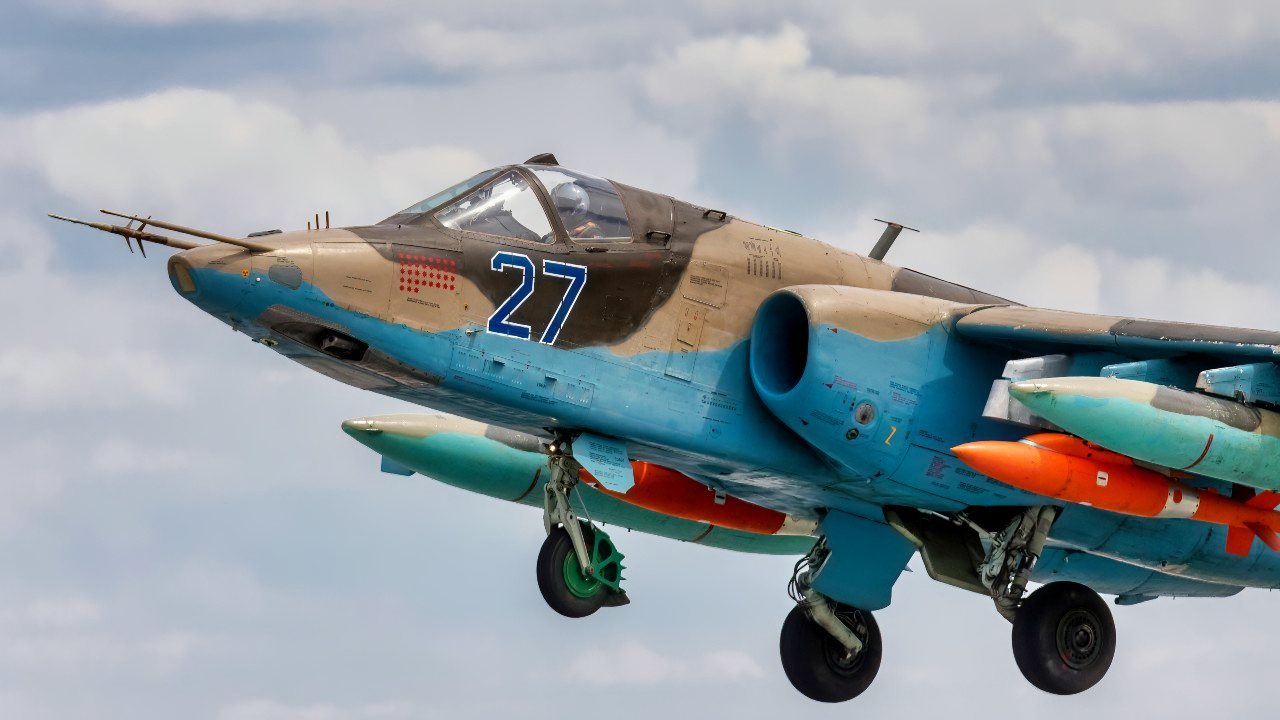Greece's Russian- Built S-300 Air Defense Systems Could Finally be Headed to Ukraine
Ukraine could soon receive additional air defense systems – in this case, a pair of Russian-made S-300 anti-aircraft launchers, older Soviet-designed Tor-M1 and Osa-AKM mobile launchers and ZU-23-2 anti-aircraft guns.
Ukraine could soon receive additional air defense systems – in this case a pair Russian-made S-300 anti-aircraft launchers, as well as older Soviet-designed Tor-M1 and Osa-AKM mobile launchers, and ZU-23-2 anti-aircraft guns. These systems were previously used by Greece, which has also maintained a reserve of the ammunition for the respective weapons.
According to a report from The New Voice of Ukraine, U.S. Secretary of State Antony Blinken offered Greek Prime Minister Kyriakos Mitsotakis the option to transfer or sell military equipment to Ukraine during his recent visit. Washington also offered Athens the option of transferring or selling weapons to Ukraine in exchange for up to $200 million in aid from Washington.
Kyiv had an estimated 250 S-300P (NATO designation SA-10 "Grumble") launchers in its arsenal at the state of the war, and many have been depleted or otherwise taken out of service. As TheWarZone also reported this week, until the arrival of the U.S.-supplied Patriot, the 1980's era S-300 was the most potent long-range air defense system available to Ukraine.
Athens had been reluctant to transfer its still-capable S-300PMU-1 systems to Ukraine, but the F-35 deal with Washington likely helped convince the Greek government. The Hellenic military is one of the only NATO forces to operate the S-300 – with Bulgaria being the other.
Slovakia donated its one S-300PMU battery along with its remaining 5V55R missiles inherited from Czechoslovakia to Ukraine in April 2022. Russia had previously issued a warning to NATO member Greece that any potential delivery of the Soviet-designed S-300 missile defense system to Ukraine would be seen as "a very provocative move."
Athens obtained the S-300 PMU1 system following the Cyprus Missile Crisis –the political standoff between the Republic of Cyprus and the Republic of Turkey that began in early 1997 and extended to 1998. Cyprus had acquired the weapons as a means of deterring a Turkish attack. When that crisis ended in December 1998, the Cypriot government transferred its two S-300 air-defense systems to Greece's Hellenic Air Force in exchange for alternative weapons. In a U.S.-brokered compromise, the S-300 was eventually stationed in Crete – and now more than 25 years later it could head to Ukraine.
Last summer Ukrainian forces captured an S-300 mobile air-defense system intact while the unit was driving down a dirt road in the Donbas region. Beyond the fact that the captured system will be put to good use by Kyiv's forces, it was a propaganda coup as videos of the system were shared across social media.
Russia's S-300: Still a Capable Weapon
The S-300 system was initially developed during the Cold War to defend against air raids and cruise missiles for the Soviet Air Defence Forces. Subsequent variations of the mobile air defense platform were also developed to be able to intercept ballistic missiles.
The S-300 system was first deployed by the Soviet Armed Forces in 1979, designed for the air defense of military bases and large industrial and administrative facilities, as well as control of airspace against enemy strike aircraft. Moreover, the platform has been modified by Russian forces to perform surface-to-surface strikes, and the S-300 has been among the missile systems used to target Ukrainian urban centers and critical infrastructure.

Even before Kyiv captured the S-300 seen in the viral video, the Kremlin had been attempting to bolster its number of air defense systems. In August 2022, Russia shipped a battery of S-300 anti-aircraft missiles from Syria to a Russian port near Crimea, according to an Israeli satellite imaging company.
Author Experience and Expertise: Peter Suciu
Peter Suciu is a Michigan-based writer. He has contributed to more than four dozen magazines, newspapers, and websites with over 3,200 published pieces over a twenty-year career in journalism. He regularly writes about military hardware, firearms history, cybersecurity, politics, and international affairs. Peter is also a Contributing Writer for Forbes and Clearance Jobs. You can follow him on Twitter: @PeterSuciu. You can email the author: [email protected].


